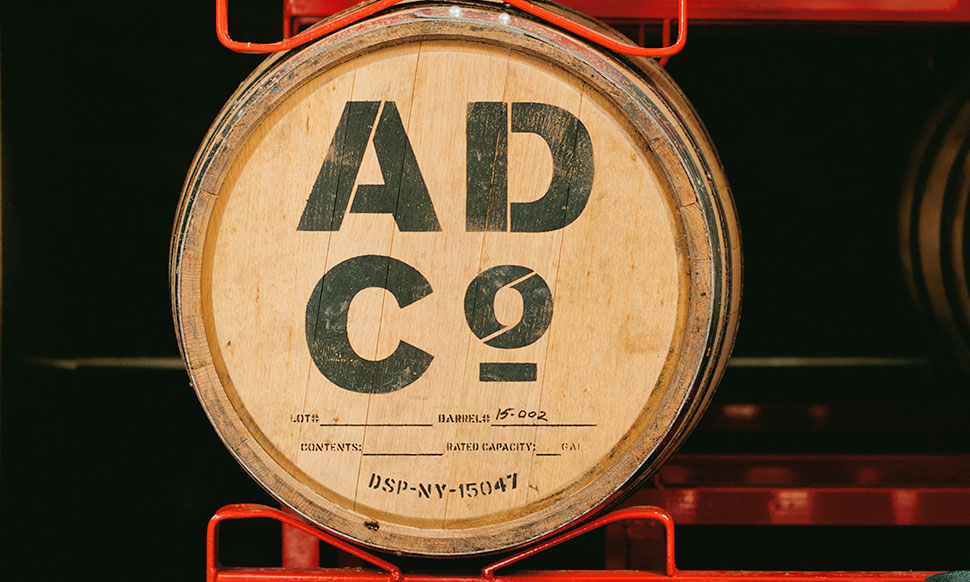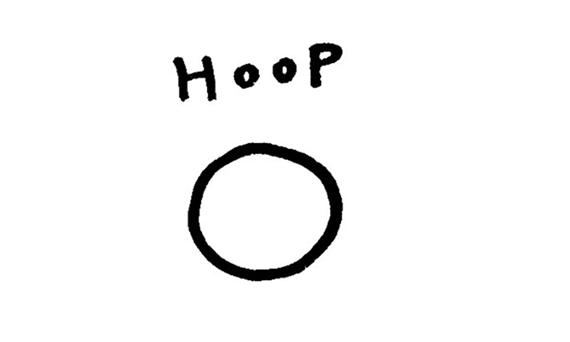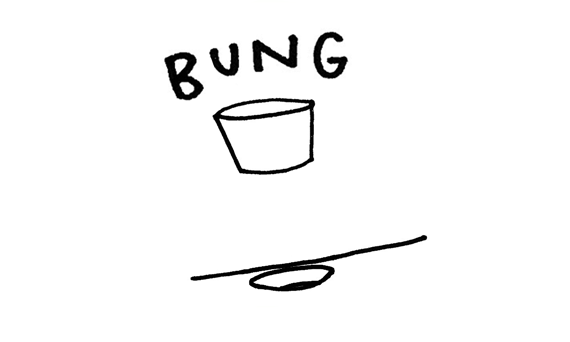

posted by John Curtin,
Co-owner
Anatomy of a Barrel
Barrels aren’t terribly complicated pieces of equipment. They’ve been made in various forms for thousands of years. They hold liquid pretty well (but not too well), and wood is generally pretty easy to get a hold of. This is not to say coopering is easy; it’s a very skilled art. But barrels themselves are simple.

Photo: Jennifer Bakos
First, you have staves. These are the flat wooden sticks (staves is the plural of staff) that make up the body of the barrel. They’re cut at an angle, arranged in a circle, and then wrangled into place. The most important feature of the staves is that the grain runs parallel along the length of the barrel; the grain is essentially tiny wooden straws, and if any part of the grain runs from the inside of the barrel to the outside of the staff, well, that’s bad. Errant grain can be dammed up with little shims, but to avoid that as much as possible, staff wood should be quarter sawn.

Keeping the staves in place are hoops. Once, these were also made of wood; now they’re metal bands. Pretty self-explanatory.

Next there are the heads. These are similar in nature to the staves, but instead of curved wooden sticks, they’re flat wooden circles that close the barrel on either end. The staves are notched to fit the heads, and the heads are put in place when the staves are bent around them.

Finally, there’s the hole. This is how the barrel is filled and emptied. A bung is the wooden stopper that then gets hammered into the hole. The hole is often referred to as a bung hole, which doesn’t make sense to me. You don’t call the mouth of a bottle the “cork mouth.” Whatever you call it, it’s most commonly located in the center of one of the staves. It’s probably the most structurally sound place to put it, but it does make rolling barrels around kind of a pain.


- ©2025 Albany Distilling Company, Inc.
- All Rights Reserved.
